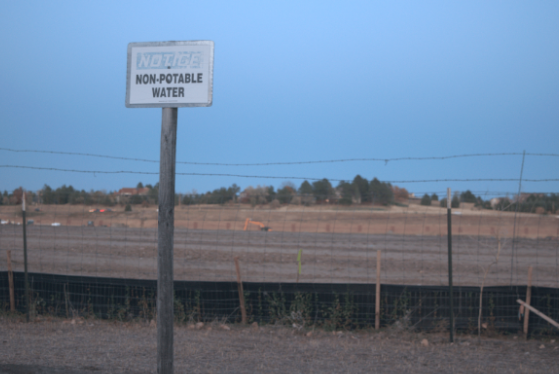The Importance of Preserving Historical Sites [OPINION]
Denver, Colorado, 1967. In the midst of a cultural revolution, Denverites may have flocked to concert venues to see new up-and-coming bands, such as The Doors, Jethro Tull and Fleetwood Mac. Commuters may have seen VW vans driving down Larimer street, painted in every color imaginable with dead-heads hanging out the windows.
With the new counter-culture flourishing around the country and the world, Denver’s is characterized by a background that doesn’t quite fit; the architectural style is reminiscent of the original ‘Queen city of the plains’, a place known best to residents of a west that could still be characterized as ‘wild’.
As places like the Grand Tabor Opera House fell to the march of time, many of the rest of Denver’s buildings were beginning to show their age.
Out with the old, in with the new, as the saying goes. People were ready for a new Denver: an economically prosperous hub on the front range. That meant new buildings, and more people. In 1967, the citizens of Denver voted for a sprawling demolition project which would eliminate about 120 acres of land, all in the heart of downtown.
The people of Denver were promised new, beautiful buildings that would bolster business. In reality, it drove out hundreds of homeless people into nearby neighborhoods after the places they were living were destroyed.
And those new, beautiful buildings? It took well over a decade for construction to begin. For over ten years, a colossal hole was situated right in the heart of downtown. The personality, the life, the ‘scene’, died in 1967 at the hands of explosives, wrecking balls and votes.
But hey, at least there was plenty of parking, right?
Today, Denverites crane their necks in awe at the rare, beautiful architecture that once dominated our streets.
Many of these buildings are now recognized by the National Parks Service on the national registry of historic places, including the Brown Palace, the State Capitol, and Union Station, to name a few. In total, only 148 buildings in downtown Denver are currently listed on the registry.
According to NPS, The national registry of historic places is used to, “coordinate and support public and private efforts to identify, evaluate, and protect America’s historic and archeological resources.”
However, that protection only goes so far.
A 120 year old building in west Des Moines, Iowa, which is recognized on the registry of historic places, had been left in disrepair for years. Its only inhabitants were drug addicts and squatters, until it was bought in 1996. The new owner, Cal Sale, began to renovate the building by himself.
However, the job seemed to be too great. 20 years later, the house still stood in extreme disrepair.
The city of Des Moines claimed the house to be a nuisance, and sought for the eviction of the owner and subsequent destruction of the property.
The house may be in rough condition, but it is by no means a lost cause. The state and/or federal government should be responsible for monitoring the condition and upkeep of the structure after deciding to place it on the national historic registry. If they don’t, then the mission of evaluation and protection is just an empty promise.
In the state of Colorado, this threat is still very real. Once a historic building is gone, it won’t come back. We only get one chance to make sure these protections are permanent.
The state of Colorado should begin monitoring the condition of each building on the registry, taking precautionary measures to make sure the site will remain in peak condition. Additionally, laws must be passed to make gutting the interior of historical structures illegal; Preserving the outside is not enough.
If Denver sets this precedent, hopefully more states will follow. Our past is too important to be left behind.

Grade: 12th
Year in the Chro
If you could go to lunch with anyone in history, who would you choose and why?
I would go to lunch with Teddy...


![The Importance of Preserving Historical Sites [OPINION]](https://ghschronicle.com/wp-content/uploads/2022/05/IMG_1806-675x900.jpg)




![A Vest Won’t Protect You [OPINION]](https://ghschronicle.com/wp-content/uploads/2025/09/KoltonZuckerVestPosterOffWhite-450x600.png)
![Executive Order: Ending Radical Indoctrination in K-12 Schooling [OPINION]](https://ghschronicle.com/wp-content/uploads/2025/04/Screenshot-2025-04-23-at-2.51.41 PM-600x337.png)



